Jul 9, 2025
AI in Recruiting and the Future of Work: Insights from Amazon CEO Andy Jassy
Amazon CEO Andy Jassy recently shared his perspectives on how artificial intelligence (AI) is revolutionizing not only consumer technology but also the workforce itself. In a wide-ranging discussion, Jassy touched on everything from the future of humanoid robots and Prime Day expansions to the impact of tariffs and the critical role of AI in reshaping jobs and hiring practices. This article delves into Jassy’s vision for AI in recruiting and workforce transformation, offering a comprehensive look at how technology will redefine work, customer experiences, and the economy in the coming decade.
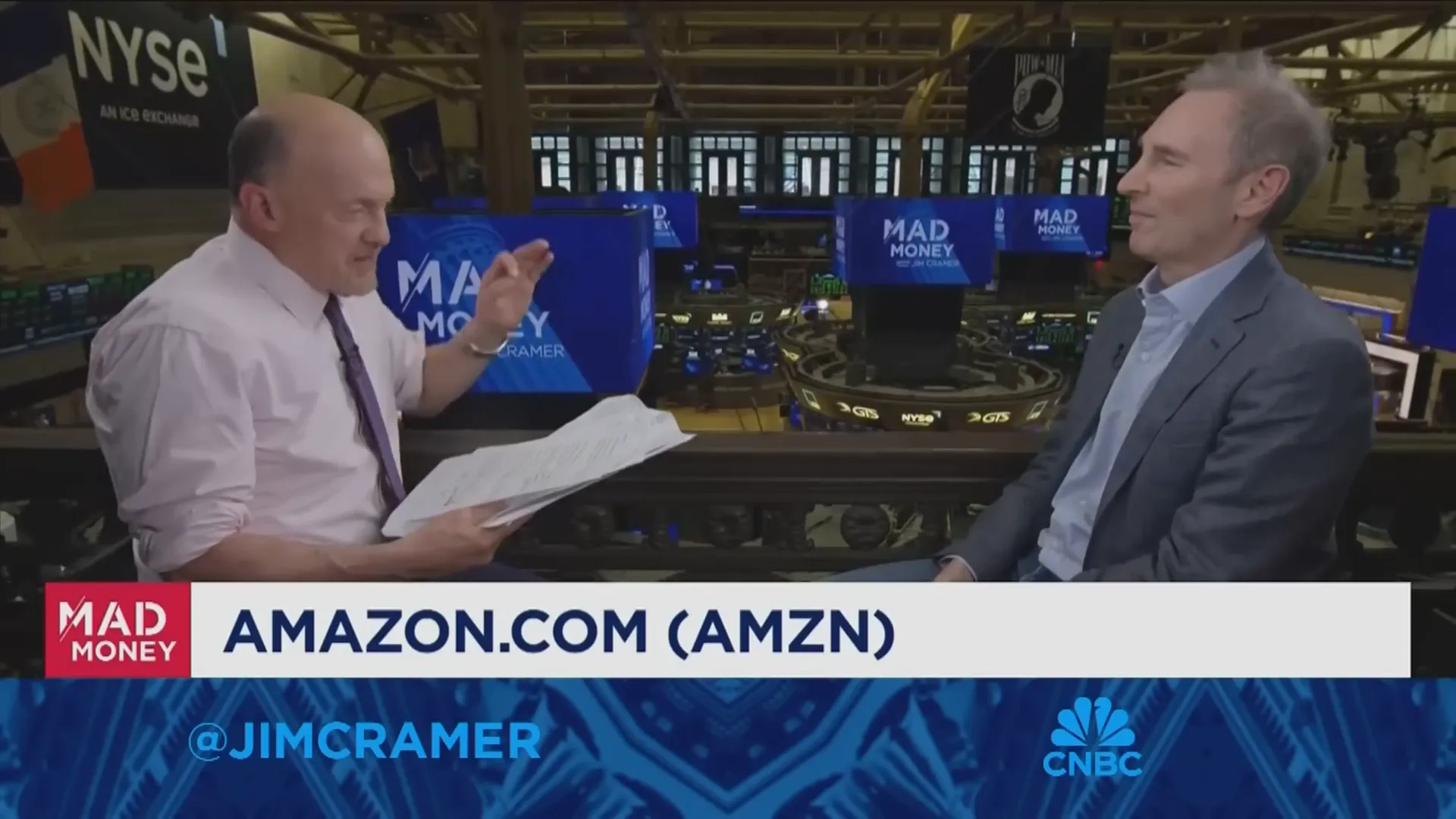
The Dawn of Consumer Robots: Alexa Plus and Beyond
One of the most exciting topics Andy Jassy discussed is the evolution of consumer robotics. Amazon has already introduced a primitive consumer robot a few years ago, but Jassy believes this is just the beginning. He confidently predicts that within the next ten years, many, if not most, consumers will have robots in their homes. The timeline might even be shorter; Jassy speculates that in as little as three years, we will see a significant increase in consumer robots.
These robots won’t just be mechanical helpers; they will be equipped with advanced personal assistants like Alexa, making them much more capable and helpful in everyday life. Imagine a humanoid form of Alexa that can assist you not only with information and entertainment but also with household tasks and personal assistance.
“I think you'll see that really great personal assistants like Alexa will be inside these robots, and she'll be able to help you quite a bit inside your home,” Jassy stated.
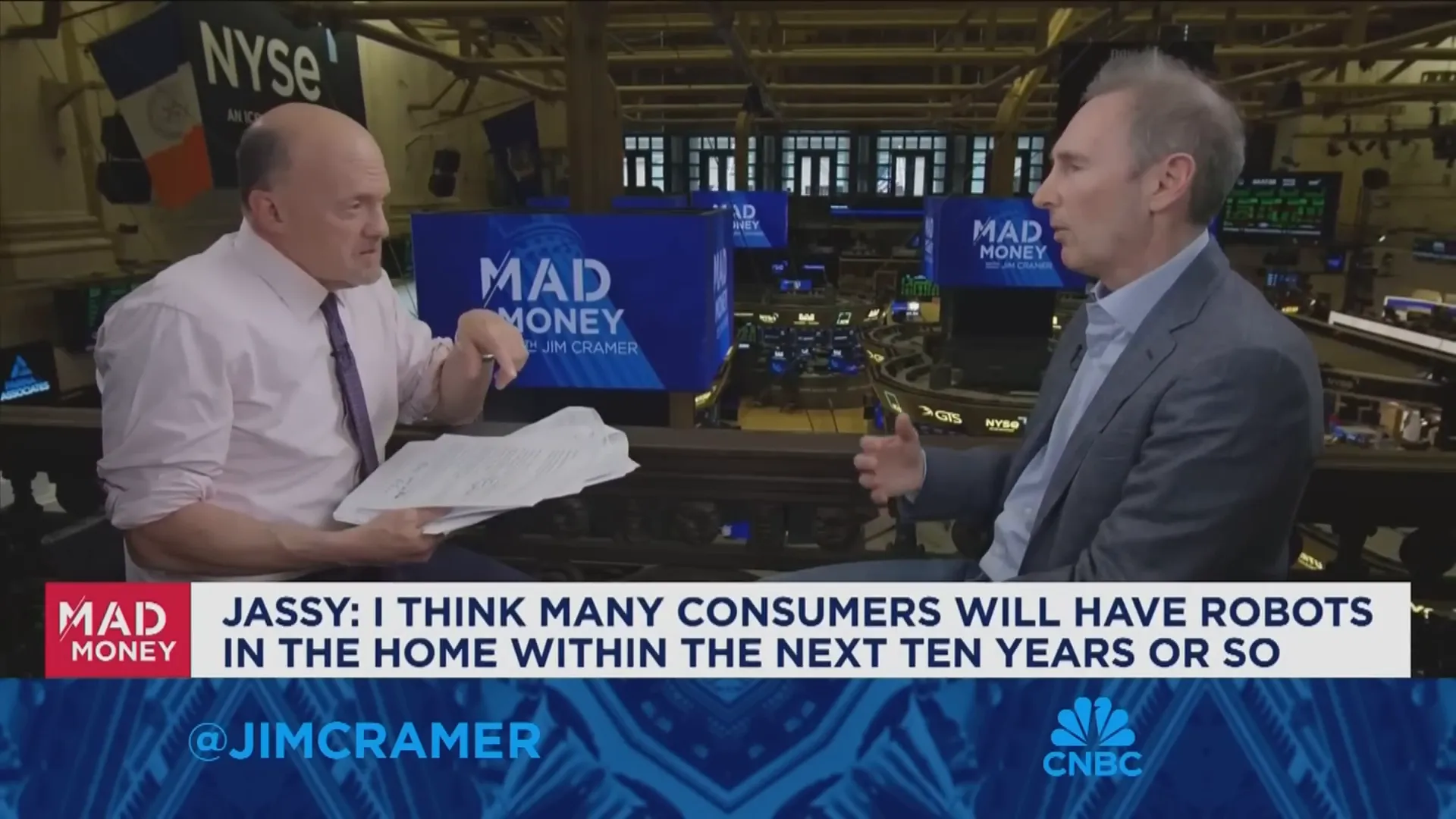
Prime Day Expansion and Navigating Tariffs
Another major topic was Amazon’s upcoming Prime Day, which Jassy revealed is expanding significantly. Traditionally a two-day event, Prime Day will now stretch over four days, totaling ninety-six hours—double the previous length. This expansion will feature millions of deals across every category, aiming to excite customers even amid economic uncertainties.
Concerns about tariffs and rising prices, especially related to goods from China, were also addressed. Jassy explained that Amazon and its third-party sellers have proactively engaged in forward buying and inventory deployment to mitigate price increases. Thanks to these efforts, Amazon has so far avoided significant price hikes despite tariff pressures.
“We have about two million sellers in our marketplace. Even those that decide they're gonna pass on tariff increases, there are probably going to be sellers who take share by not increasing prices,” Jassy remarked.
This approach positions Amazon alongside retailers like Costco and Walmart as key players in fighting inflation for consumers, often offering prices reminiscent of previous years despite current economic challenges.
Lowering the Cost of AI: Custom Silicon Innovations
Andy Jassy also shared insights from Amazon’s April letter, highlighting that AI does not have to remain prohibitively expensive. The primary cost driver today is the chips required for AI processing, particularly for inference—the phase where AI models apply learned knowledge to real-world data.
Amazon has taken a proactive stance by developing its own custom silicon chips to improve price-performance ratios. The company’s chip design team, Anapurna Labs in Israel, created the Graviton CPU chip, now in its fourth generation, which delivers 40% better price performance than leading alternatives.
Similarly, Amazon created Trainium, a custom AI chip designed specifically for AI workloads. The second version of Trainium is 30-40% more price-efficient than traditional GPUs, which are commonly used for AI tasks.
“We consider it not just an opportunity, but really our responsibility to help customers have lower costs and better price performance, not just on training, but particularly in inference,” Jassy emphasized.
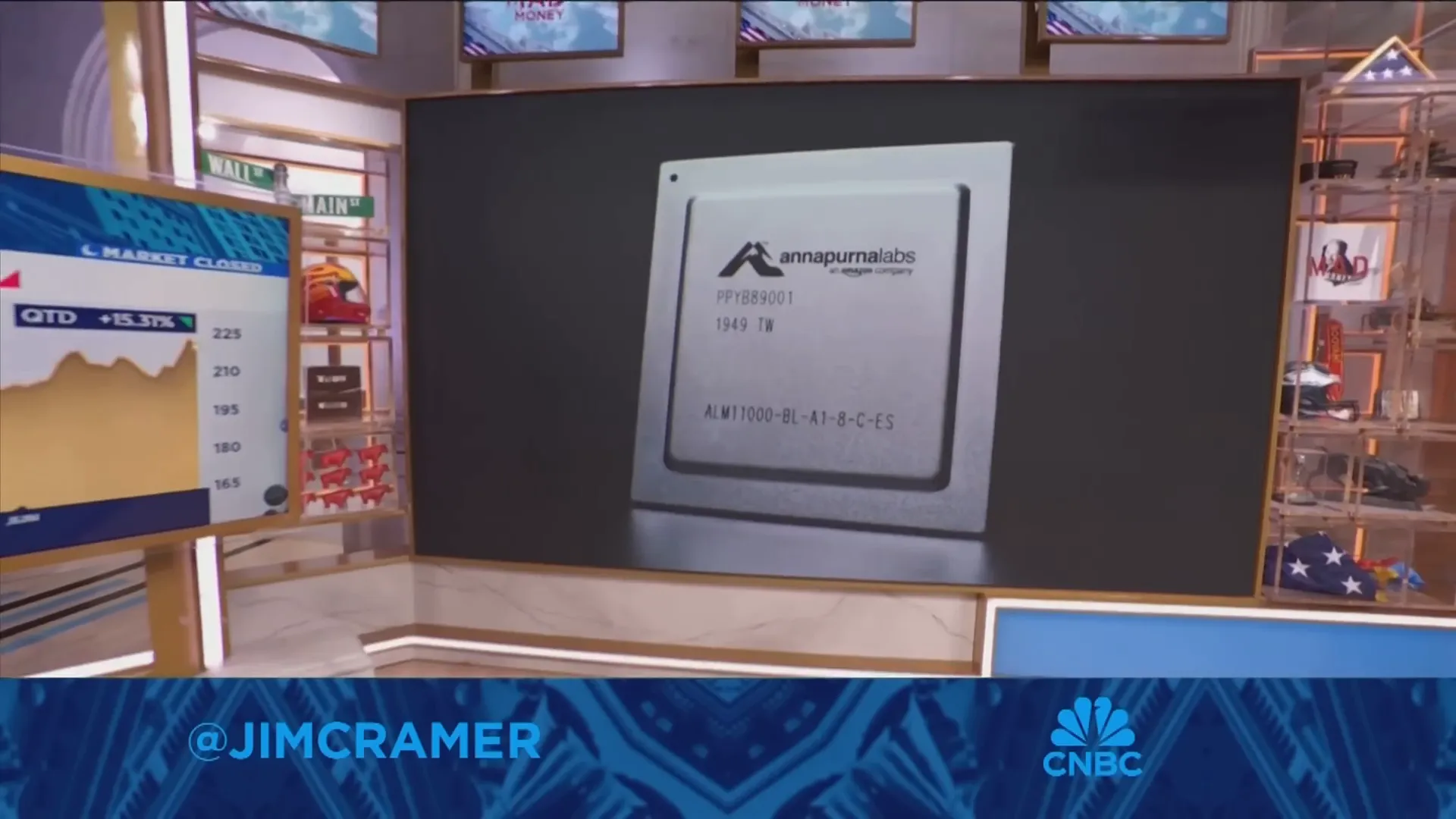
Generative AI and Workforce Transformation: What It Means for Jobs
One of the most profound impacts of AI, according to Jassy, will be on the workforce itself. As generative AI and intelligent agents become more capable, the nature of work will change dramatically. Some jobs will require fewer people as AI automates routine tasks, while new roles will emerge that demand advanced skills in AI, robotics, and higher-level problem-solving.
Jassy outlined the capabilities of AI agents that will soon be commonplace:
- Coding and programming assistance
- Research and data analytics
- Spreadsheet management
- Anomaly detection
- Localization and translation across multiple languages
These agents will free employees from rote, repetitive tasks, allowing them to focus on more creative and strategic work. Jassy encourages embracing this transformation rather than resisting it, as history shows that adapting to new technology leads to better outcomes.
“You can either lean into it, embrace it, and figure out how to make your customer experience better and shape it, or you can wish it away and then have it happen to you and chase it.” — Andy Jassy
This shift will also influence education and recruiting. While Jassy did not definitively say whether community college or a four-year college is better, he acknowledged that the skills required will evolve. Workers will need to adapt, reskill, and engage with AI technology to remain competitive.
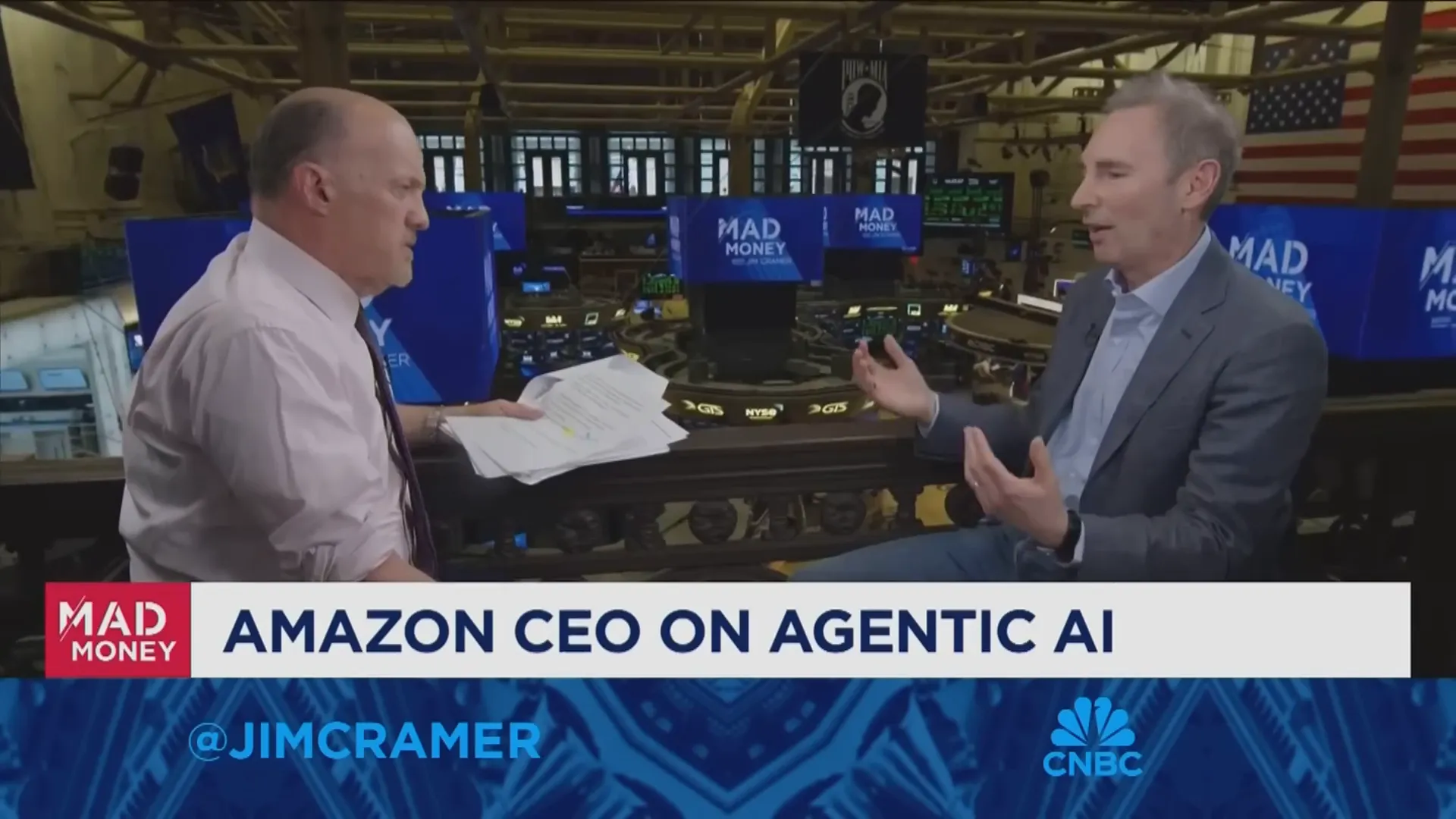
Amazon’s Commitment to Workforce Development and Safety
Jassy also highlighted Amazon’s dedication to employee well-being and career advancement, particularly in its fulfillment centers. The company offers an average starting wage above $21 per hour, full health benefits from day one, and a program called Career Choice that supports employees seeking further education.
Interestingly, Amazon uses robotics in its fulfillment centers not to replace workers but to enhance safety and productivity. Robots handle repetitive tasks that could cause injury, allowing human workers to focus on tasks better suited to their skills. This collaboration between humans and robots is a model for the future workplace.
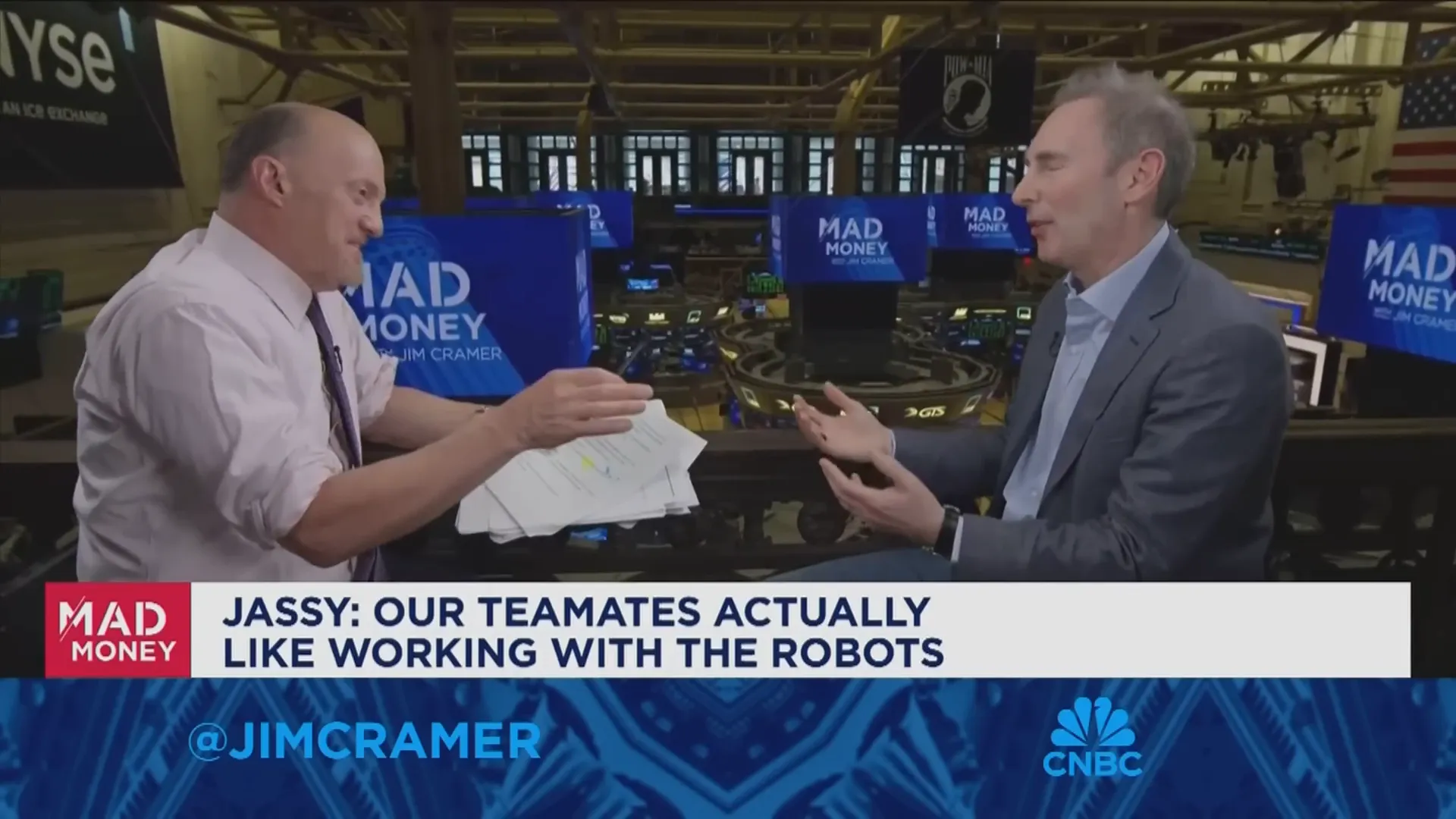
Scaling Data Centers to Support AI Growth
To power this AI revolution, Amazon is heavily investing in data center infrastructure. The company is spending billions on new data centers in states like Pennsylvania, Indiana, and Mississippi, focusing on locations with affordable, high-quality, and carbon-conscious power sources.
Jassy explained that demand for AI processing capacity currently exceeds supply, making power availability the biggest constraint. This massive investment ensures Amazon can continue to innovate and support AI-driven services at scale.
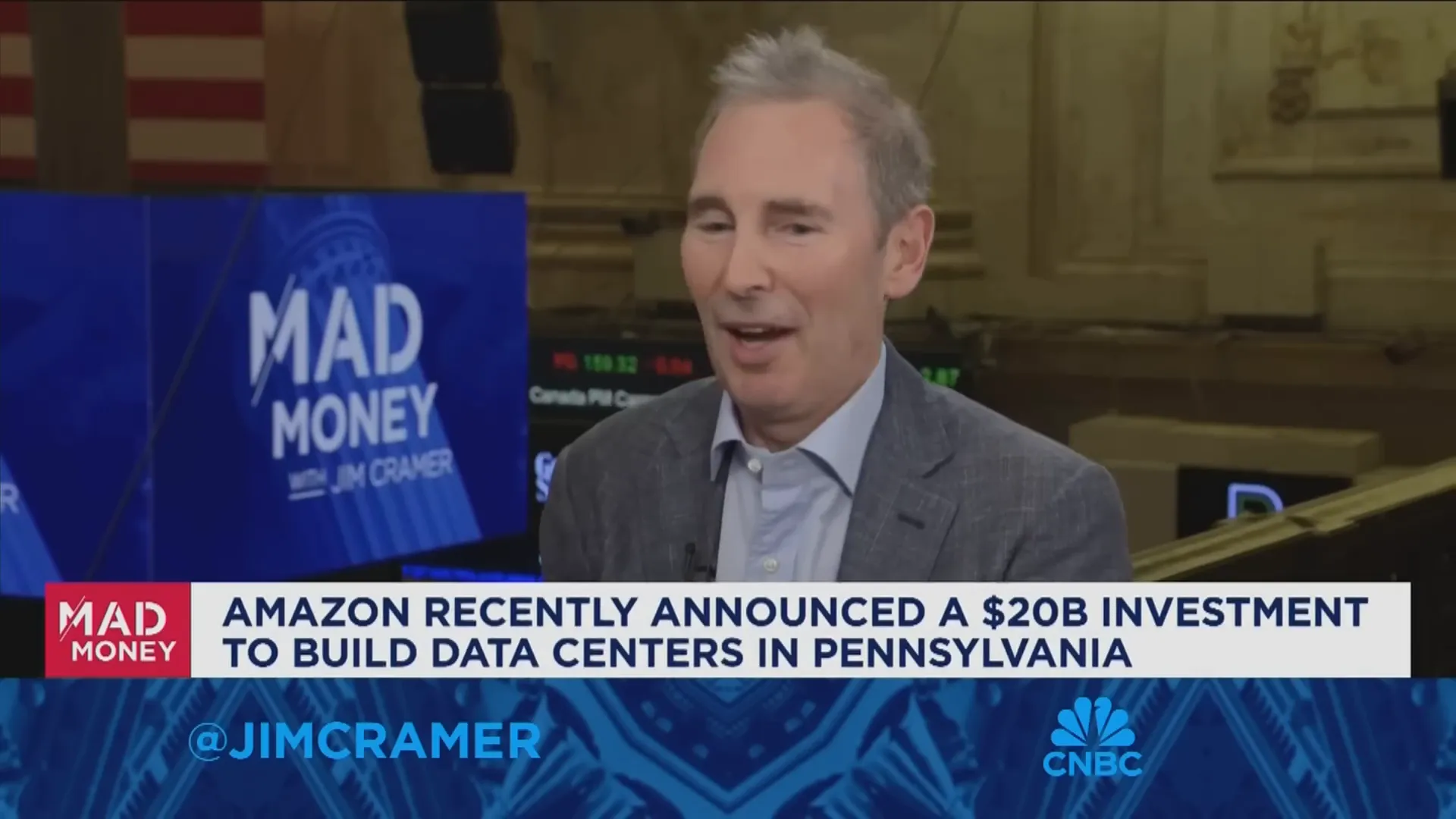
Looking Ahead: The Role of AI in Recruiting and Employment
AI in recruiting is poised to become a game-changer as these technologies mature. Intelligent agents can analyze candidate data, screen resumes, and even predict cultural fit with far greater speed and accuracy than traditional methods. Amazon’s own experience with AI-driven automation and workforce transformation provides a glimpse into how companies might reshape recruiting processes to be more efficient and inclusive.
Moreover, as AI automates some roles, there will be increased demand for talent capable of working alongside AI systems—designing, managing, and improving them. This dynamic shift underscores the importance of continuous learning and adaptability in today’s job market.
Conclusion: Embracing AI for a Better Future
Andy Jassy’s insights reveal a future where AI is not just a tool but a fundamental force reshaping how we live, shop, and work. From the rise of consumer robots powered by Alexa to the expansion of Prime Day and the strategic development of custom AI chips, Amazon is at the forefront of this transformation.
Perhaps most importantly, AI in recruiting and workforce management will redefine job roles, requiring fewer people for routine tasks but creating new opportunities for those skilled in AI and robotics. Amazon’s approach—investing in people, safety, and infrastructure—serves as a blueprint for how companies can navigate this change successfully.
As we look ahead, the message is clear: embracing AI technology is essential. Those who lean into this transformation will be better positioned to innovate, improve customer experiences, and thrive in the evolving workforce.